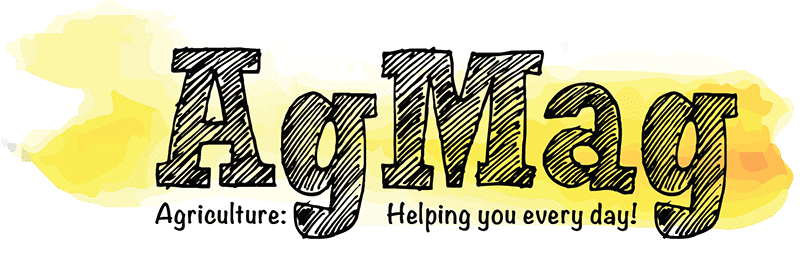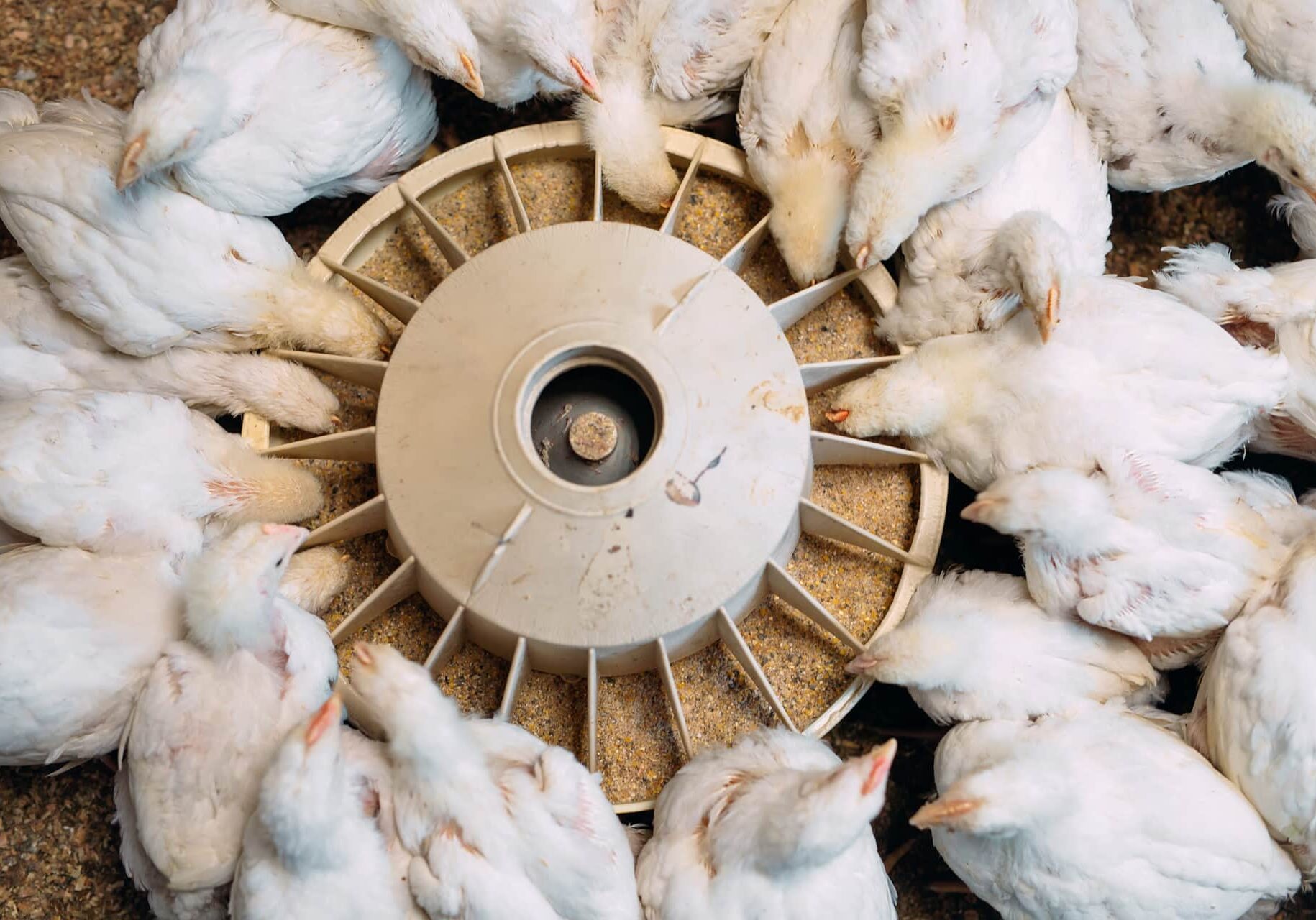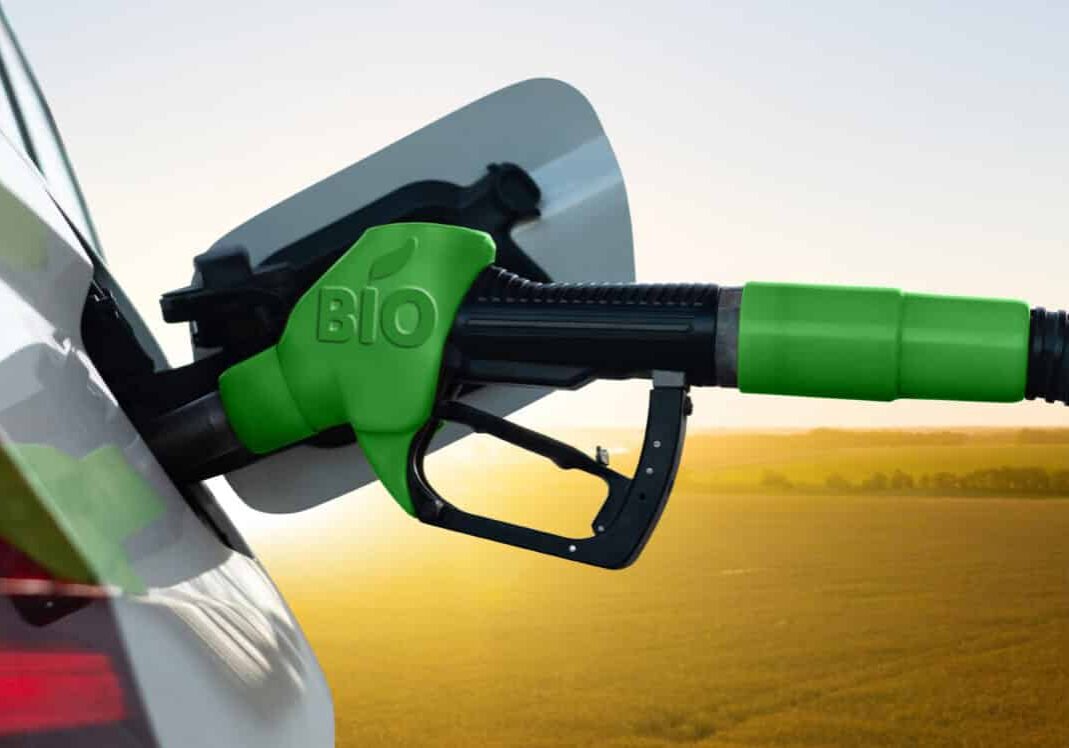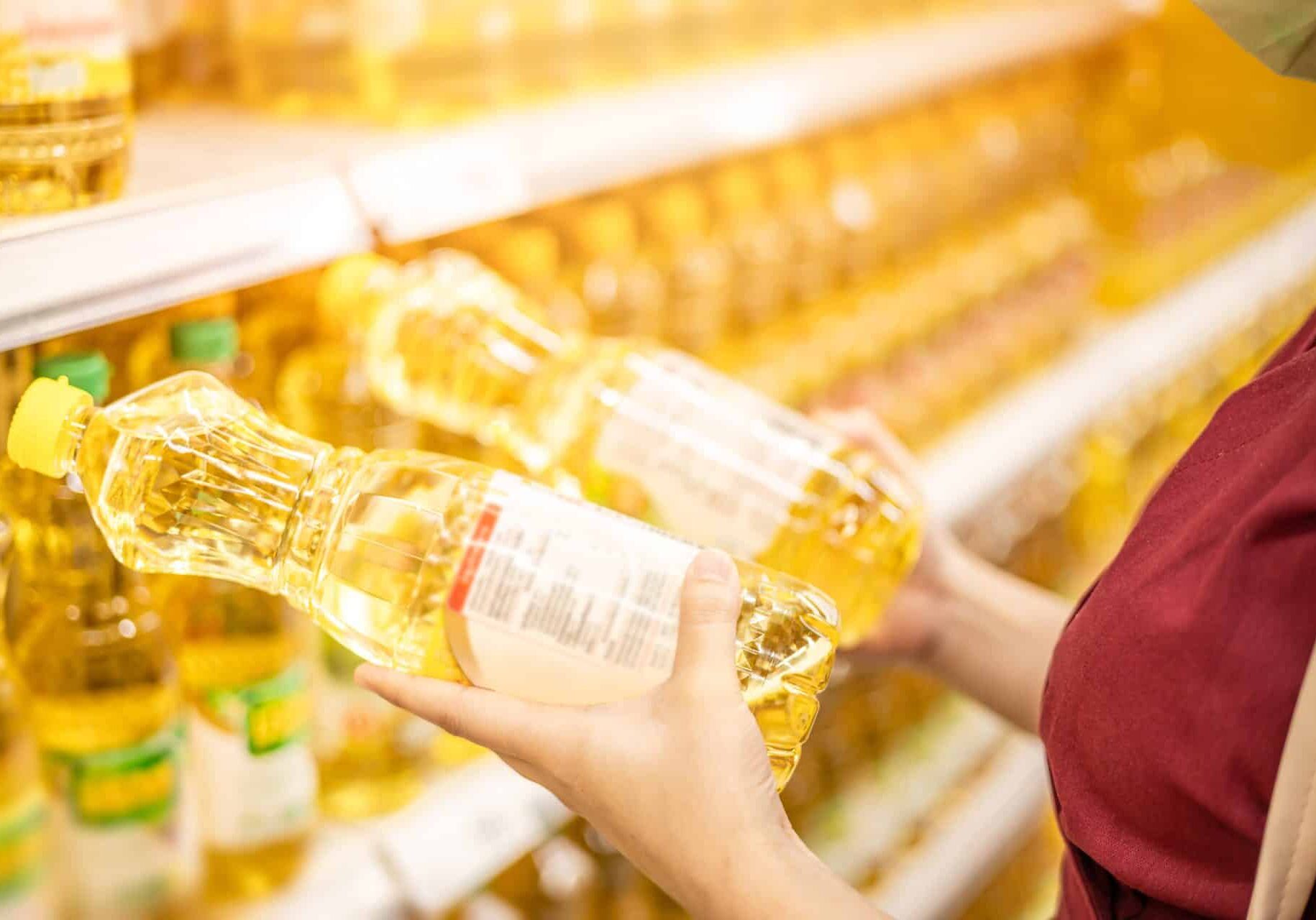Super Soybeans and King Corn
Soybeans and corn are Minnesota’s leading cash crops. These are the top crops that feed our cattle, hogs, and poultry. They have many different uses.
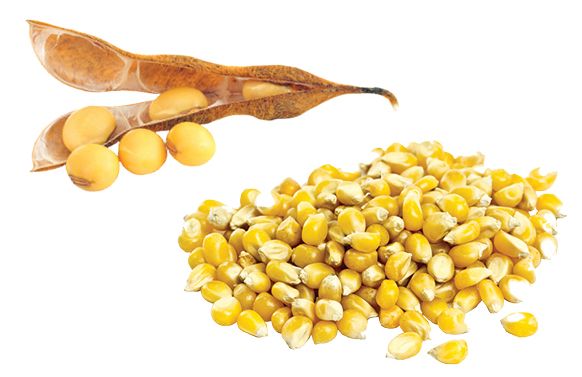
1. Planting and Harvesting
Soybeans and corn are planted in April and May. During the summer:
- Soybeans produce pods (beans)
- Corn grows tassels and silks, producing ears with kernels
During the summer months, farmers are closely monitoring their crops, watching for any bugs or weeds. Both crops are harvested in the fall.
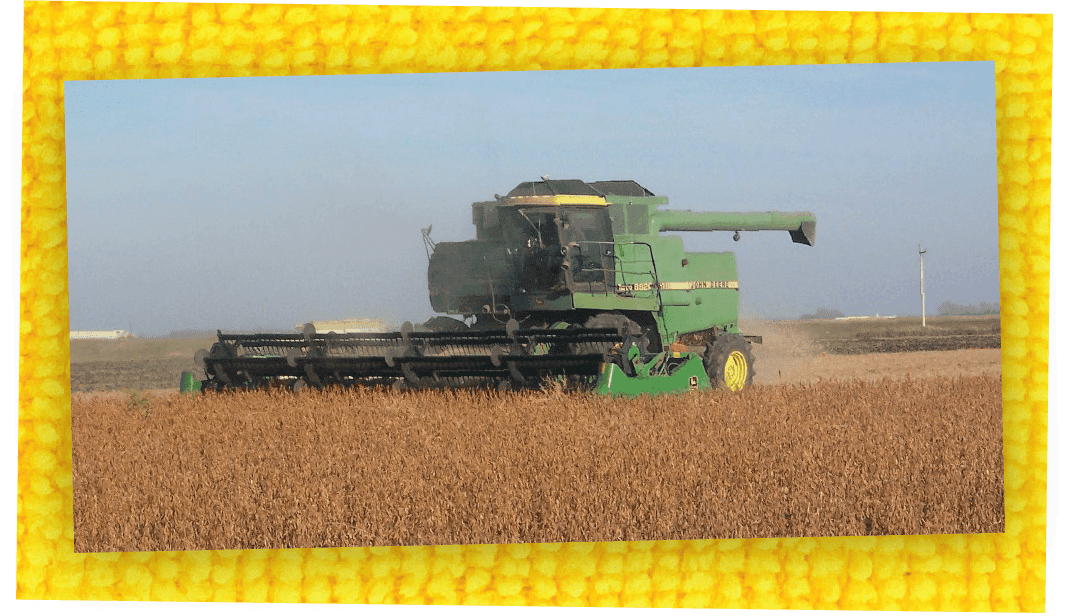
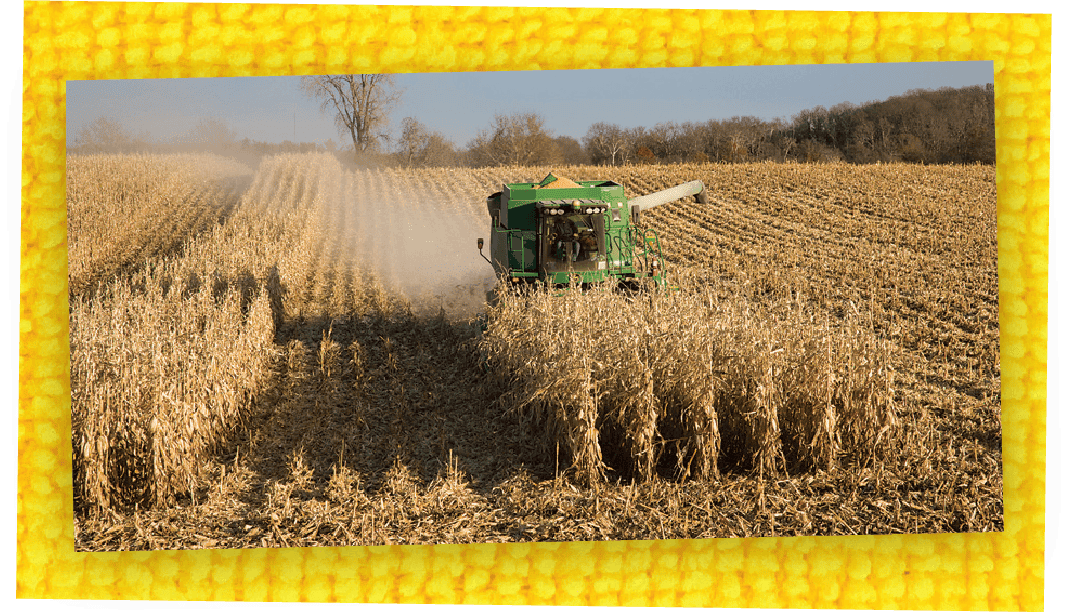
2. Storing and Transporting
After soybeans and corn are harvested in the fall they are stored in grain bins on the farm or at local elevators. Soybeans and corn are hauled away from the farm by grain trucks or tractor wagons.
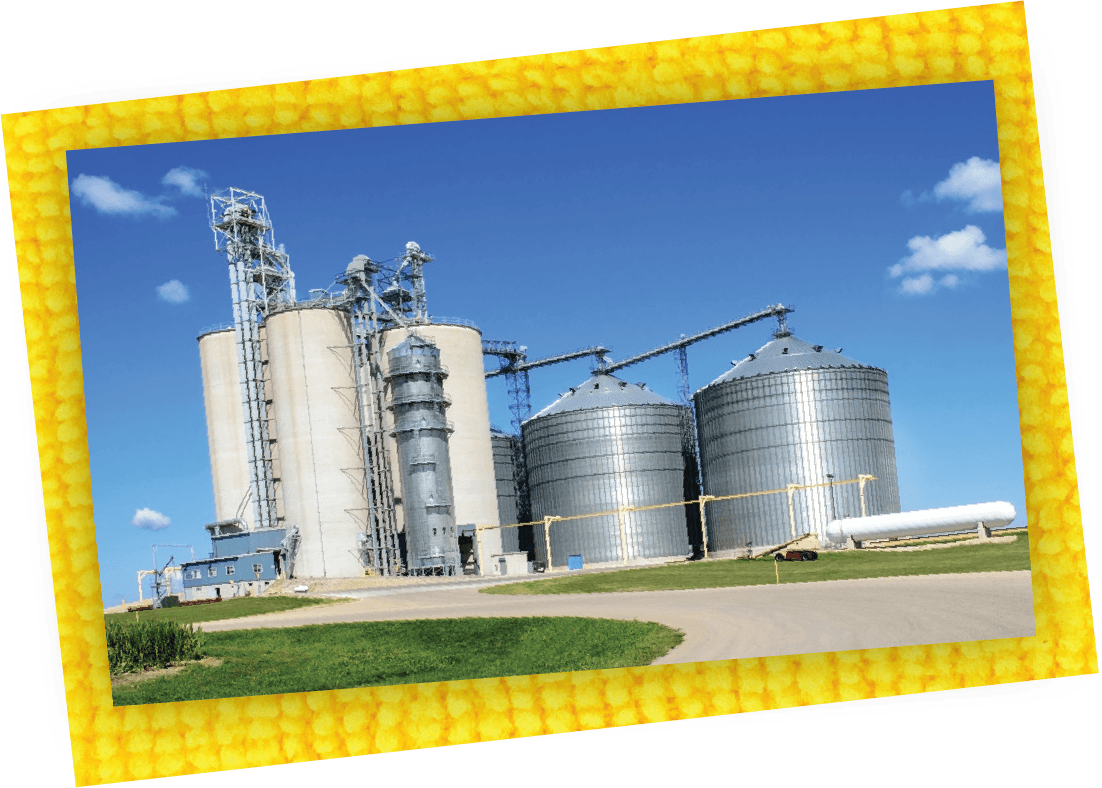

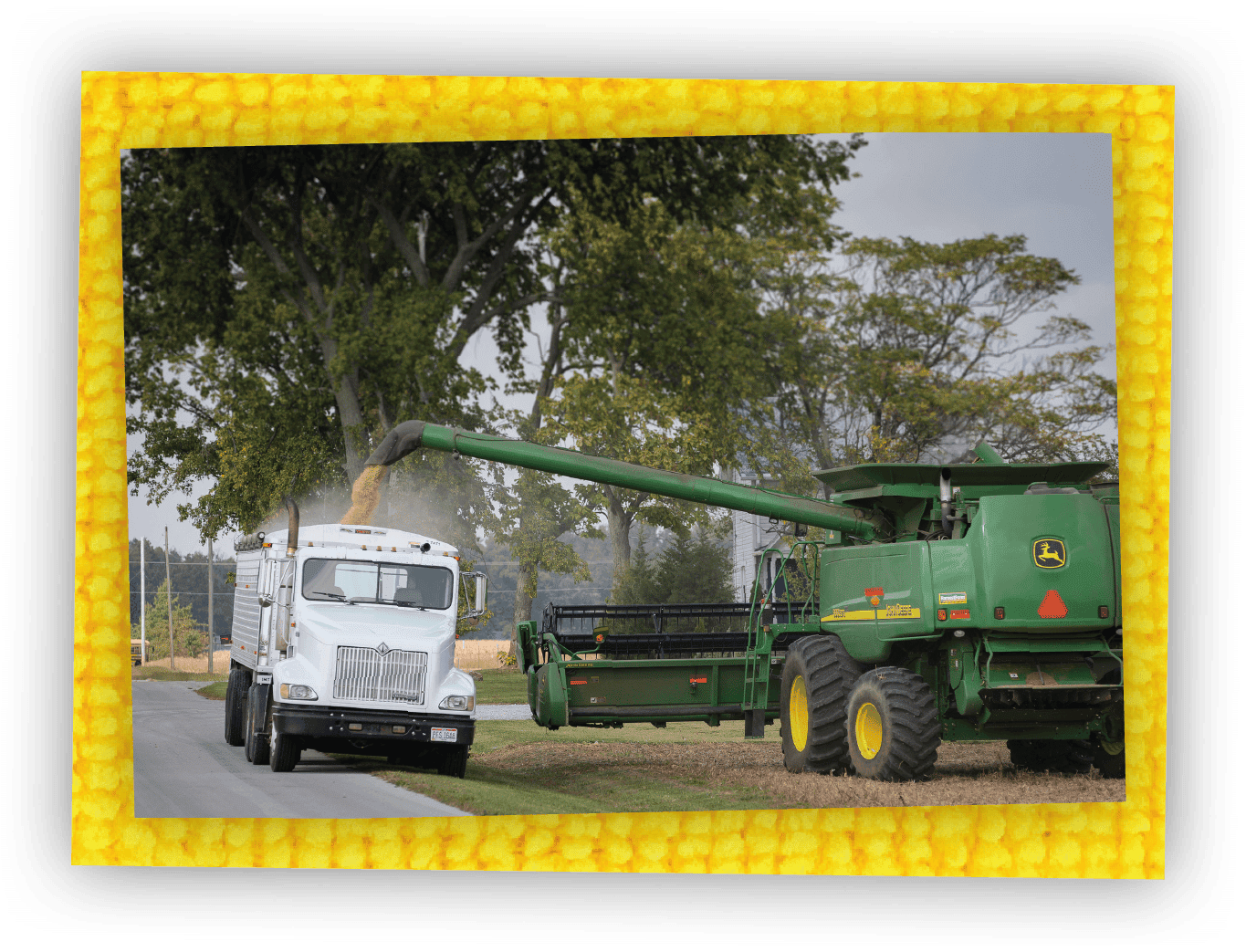
3. Processing
Processing is changing raw materials, like corn and soybeans, into things we can eat and use. How crops are processed depends on how they will be used.

Soybean Flakes
- Soybeans are processed for oil, livestock feed, and biodiesel (biofuel).
- Some farmers will have their soybeans ground into soybean meal before it is fed to pigs, cattle and poultry.
- Soybeans may be cleaned, dried, and cracked. The cracked soybeans are heated and rolled into flakes. Oil can be removed from the flakes.
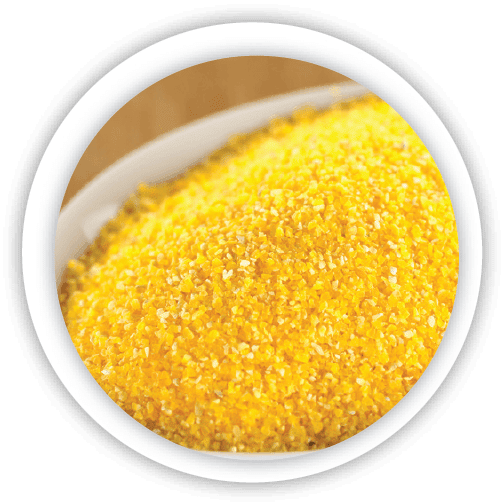
Ground Corn
- Corn is processed for livestock feed, human food, and ethanol (biofuel).
- Some farmers feed the corn they harvest to their livestock.
- Corn may be soaked, softened, ground, or flaked before it is further processed into different products.
4. Using
Once the corn and soybeans have been made into products, we can buy and use them.
